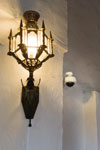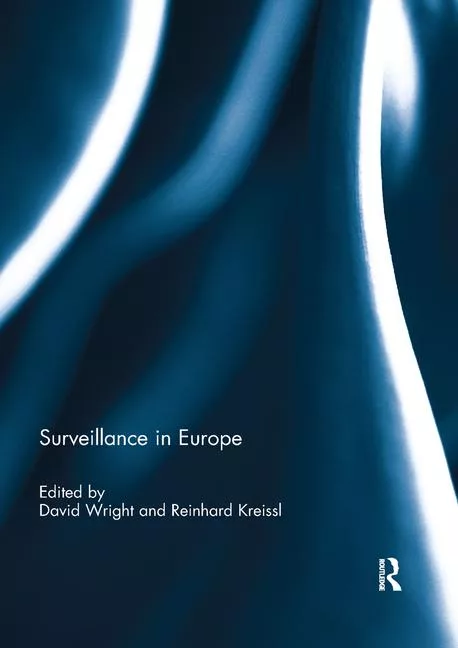History, Community’s Culture Comes Together in Santa Barbara Courthouse Partnership Upgrade

The Santa Barbara Courthouse is a historic national landmark in Santa Barbara, Calif. Visitors from around the world come to see the courthouse, the mural room and the grounds.
The Santa Barbara County, Calif. Courthouse stands today as a unique monument of architectural brilliance in California, and it is the prize jewel of the city and county whose people it serves and whose visitors it delights.
For almost 160 years the courthouse has been the home of local government and a place of civic pride and celebration. Visitors from around the world come to see the courthouse, the mural room and the grounds. Hundreds get married in the Mural Room or in the Garden every year. It is considered a national historic landmark.
The courthouse complex is comprised of four buildings totaling 150,000 square feet. There is a full basement that contains the mechanical equipment, parking and storage. The Jail Wing is no longer used for prisoner holding. The jail (upper part of aerial picture to the upper-right) has a total of seven floors.
Designed by William Mooser III, the Spanish-Moorish style building was completed in 1929 after a 1925 earthquake ruined much of the city, including the original Greek-Revival courthouse.
When it was constructed in 1929 there were just two courtrooms located in the Figueroa Wing, with other county government offices. In 1967, when non-court functions of county government moved into a new building across the street and the vacated space was remodeled into additional court rooms and support spaces for court functions.
The downtown area that surrounds the courthouse is an architectural beauty as well. There are no billboards in the city, and even the rooftops in the downtown area are dark red in color. Preservation of the architecture of the downtown area and the courthouse is very important to the residents and business owners.

The cameras placed in and around the courthouse are
inconspicuous because they have to be to preserve the historic nature of the
building.
Security, Phase One
Surprisingly, the courthouse has not had any type of security cameras or surveillance solutions, beyond the Sherriff deputies and police officers who patrol the courtrooms and the exterior of the building.“It literally was an open building,” says Darrel E. Parker, assistant trial courts executive officer. “But the amount of work that it took to get everyone on board with this project was the bigger surprise.”
In 2005/2006, the California state Governor’s budget authorized money for equipment and personnel to secure nine unsecure courthouses in the state. But there was no plan in place for how the money would be used, he says.
“This courthouse was the largest courthouse that we needed to secure,” Parker says. “This is a 150,000 square foot Spanish castle with nine major entrances. We had to find out how to use a limited amount of resources to secure the perimeter.”
Parker worked with integrator Siemens and video security systems manufacturer Pelco to strategically place 34 cameras inside and outside of the courthouse. But first, he had to get the necessary approvals.
“There are a lot of stakeholders in the building, including those who want to preserve this ‘crown jewel of courthouses,’ as it’s a major tourist attraction in Santa Barbara,” he says. One such group, the Santa Barbara Courthouse Legacy Foundation, works to preserve the historic nature of the building. Other groups concerned about the integrity of the building include the local bar association and the Sherriff’s department.
“There are a lot of stakeholders in the building, including those who want to preserve this ‘crown jewel of courthouses,’ as it’s a major tourist attraction in Santa Barbara,” he says. One such group, the Santa Barbara Courthouse Legacy Foundation, works to preserve the historic nature of the building. Other groups concerned about the integrity of the building include the local bar association and the Sherriff’s department.
“But not doing anything is like waiting to put a stop sign in a dangerous intersection until after an accident happens,” Parker says. “Also, money for this project was allocated years ago and it would be in jeopardy if it was not used. There was an urgency of the funding, but really, it’s my responsibility to protect everyone who enters this building.”
Parker met with all of the interested parties to educate them on the importance of the cameras and their use. After about 18 months of education from Parker, which included showing successful completion of a video surveillance installation by the Administrative Office of the Courts’ (AOC) Office of Emergency Response and Security (OERS) in the Santa Barbara court in Santa Maria, in addition to a PowerPoint presentation and 360-degree photographs of exactly where each camera would be placed, finally, installation of the cameras was embraced. “I saw that as cracking the nut,” Parker says. “When everyone – the Legacy Group, the Court, the Bar Association – had accepted the idea, then it was just a matter of how.”
Design work was finalized by Siemens, and included the latest technology systems to cover the unique design of the historic building. These included open spiral staircases, basement secure parking, historic murals painted on walls and ceilings, and poor lighting conditions throughout the public areas.
Pelco provided 34 Spectra dome, self-enclosed interior and exterior cameras that were specially powder coated and color matched with the exterior and interior walls. When the cameras were installed, often the cabling was run behind the wall, sometimes behind a fireplace, so as not to expose any wires. The color matching by Pelco was done so well that in some areas, it’s very difficult to spot a camera without assistance.
Once the cameras were installed, Parker says he experienced issues about how they would be not be used. “The demographics here tend to be resistant to a ‘big brother,’” Parker says. “The court staff was concerned about what would be filmed inside the courtrooms, so we showed everyone each camera’s view. The primary view in the courtrooms is the counsel table and the gallery. The jury box was a debate: do we capture that box because often, inmates sit in it? We decided to, but we prohibit it when there is a jury trial because trial rules prohibit the publishing of juror identities.”
“We also had to educate Sherriff’s deputies, because they have control over the pan/tilt/zoom of the cameras,” he adds. “These are not toys; the cameras can zoom in very close. So we trained the deputies about the policies of using the cameras before we turned the cameras on. We were clear; we said: ‘This is what the cameras are for and this is how they should not be used.’”
“The security industry has been doing this forever. But this is new for us,” Parker tells Security. Parker and his team are still sorting out copyright issues, including who owns the digital images from the cameras, who can copy them and how long the images will be saved. “Where does our responsibility as an employer start and end with regards to protecting an employee and assisting law enforcement if an employee is injured, for example?” he asks. “When you run up against those types of issues, it creates conflict. I contacted other courts to help me with the privacy issues, such as what happens when a Sheriff asks for video when a purse is stolen; when do you require a subpoena versus just turning over the video? We decided that unless there is a life threatening emergency, they do not get the tape, because the publication of images comes with a huge responsibility.”
Security, Phase Two
The second phase of securing the courthouse will involve magnetometer screening in several entrances that will also work with the current camera system, in addition to duress alarm systems. “We’re going to integrate it all,” Parker says. “We had some good standalone systems, but integration of everything is more important. So we’ll go back to all of the interested parties again. Going into it this time we have educated all of the interested parties, and we’ll do our best again to preserve the integrity of the building while protecting the employees and the visitors.”Looking for a reprint of this article?
From high-res PDFs to custom plaques, order your copy today!





